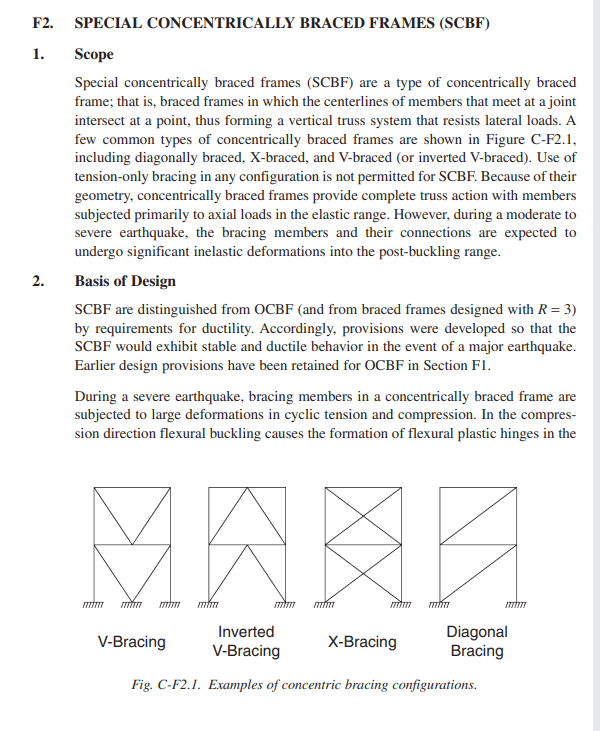BAGW
Structural
- Jul 15, 2015
- 392
Hi all,
Is X-cross bracing allowed in SCBF SFRS? Is there any special requirement at the X-brace intersection? Could not find anything on this in the code.
Thanks
Is X-cross bracing allowed in SCBF SFRS? Is there any special requirement at the X-brace intersection? Could not find anything on this in the code.
Thanks

